
VLC is a powerful open-source media player, known for its support for supporting an extensive range of audio and video formats.
Although VLC is more than just a media player, it is still popular for playing local media on the system.
Using keyboard shortcuts make things a lot easier in any tool and VLC is no different.
Here, we will examine some of the common keyboard shortcuts that are helpful while using VLC.
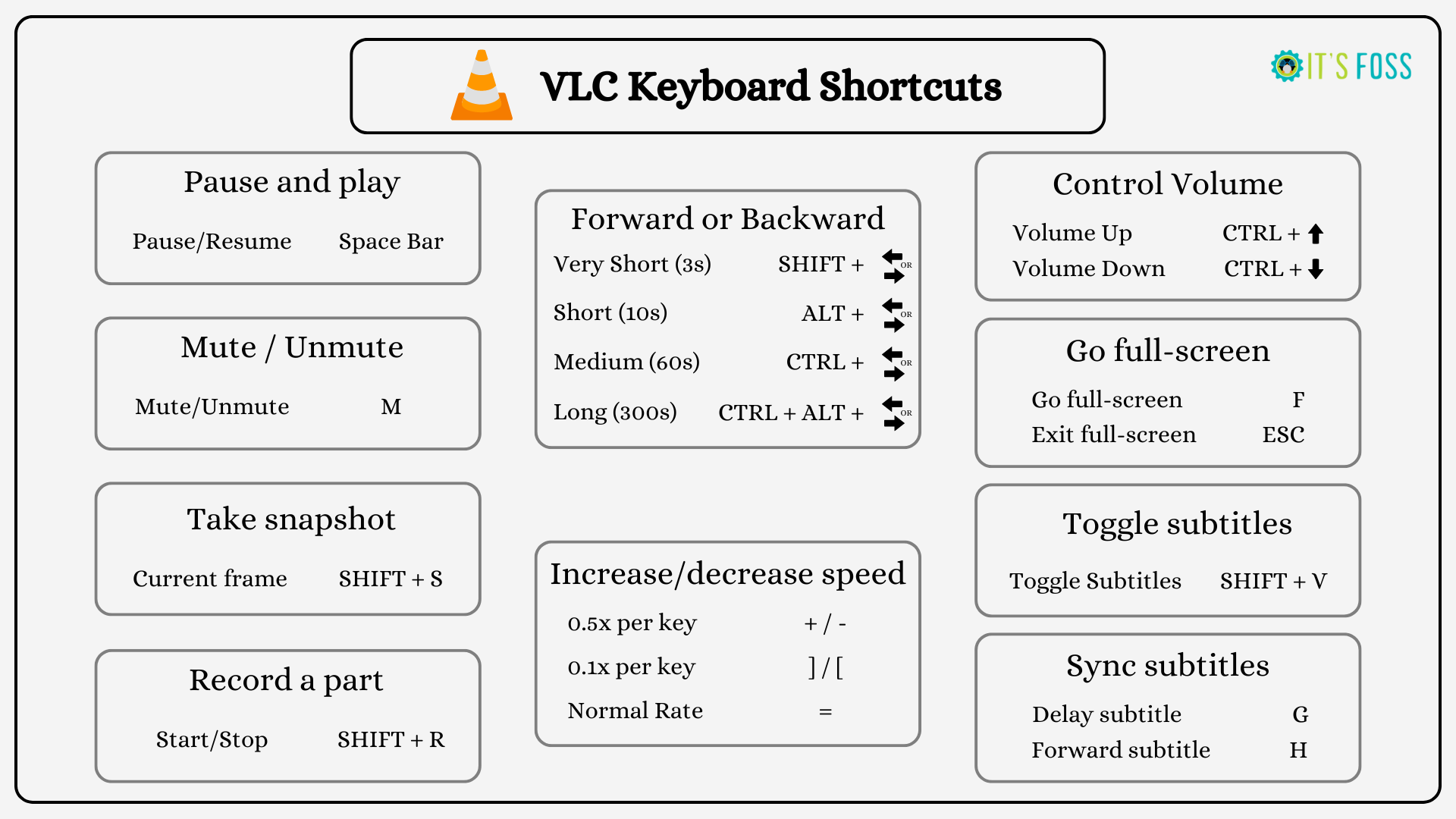
Pause and play
In order to pause any media, you can press the Space key. Similarly, press the Space key to resume playback.
| Function | Shortcut |
|---|---|
| Pause/Resume | Space |
Control Volume
Most system provide a volume slider on the top panel, where we can adjust it by scrolling over it. In VLC, there is a volume button for the purpose.
Comparing these methods, it is easier to use the keyboard shortcut:
| Function | Shortcut |
|---|---|
| Volume Up | CTRL + Up Arrow Key |
| Volume Down | CTRL + Down Arrow Key |
Mute and Unmute
During media playback, use the M key to mute. Press M again to unmute.
| Function | Shortcut |
|---|---|
| Mute/Unmute | M |
Move forward or backward
Want to move a bit forward or backward while playing a media? better to remember the shortcut! VLC allows several levels of movement, through which you can fine control the time you are skipping.
It is pretty easy to remember these shortcuts, as we use the Right arrow key to move forward and Left to move backwards. As per context, the additional key changes.
| Function | Shortcut |
|---|---|
| A Very Short backward/forward movement. (3 seconds) | SHIFT + Left/Right |
| Short backward/forward movement (10 seconds) | ALT + Left/Right |
| Medium backward/forward (60 seconds) | CTRL + Left/Right |
| Long backward/forward (300 seconds) | CTRL + ALT +Left/Right |
Change the jump size
You can change the forward and backward jump size. First, go to Tools → Preferences.
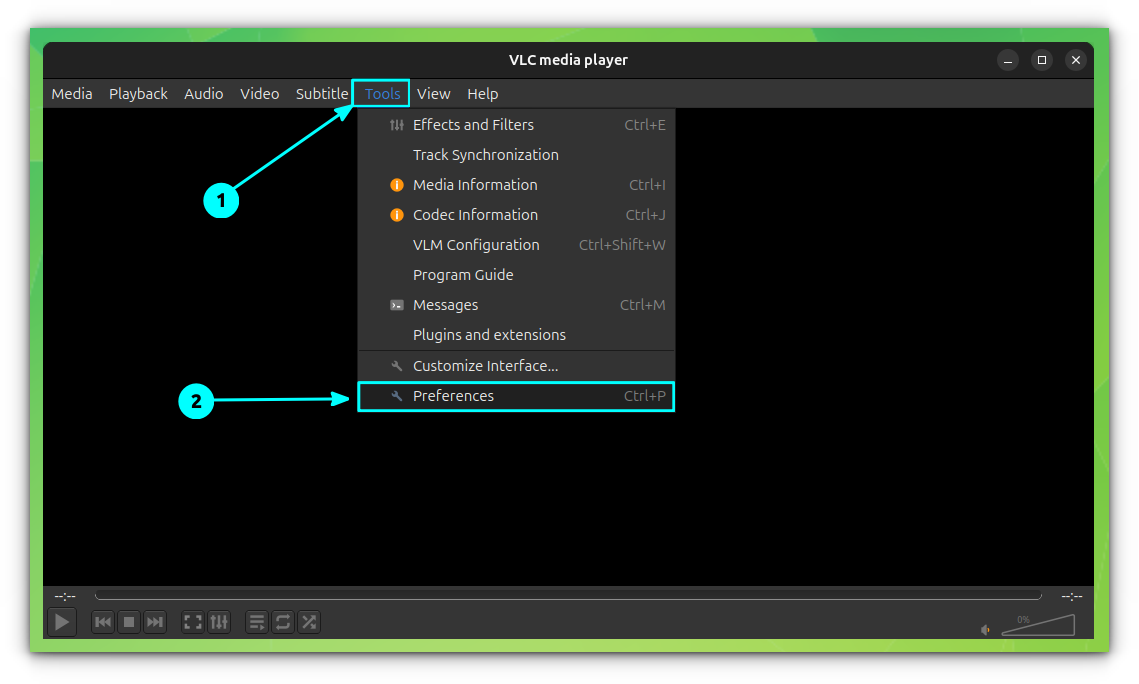
Here, change the settings mode from Simple to All. This will bring you to advanced settings.
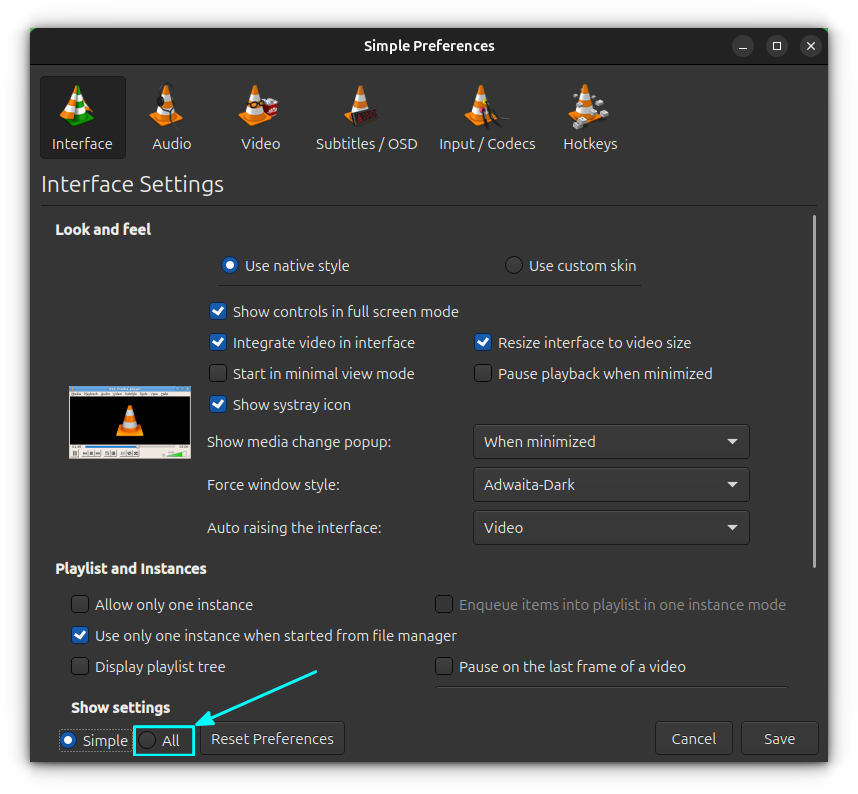
In the new advanced settings, go to Interface →Hotkeys settings. There, you can find the option to adjust navigation lengths. Set it according to your need.
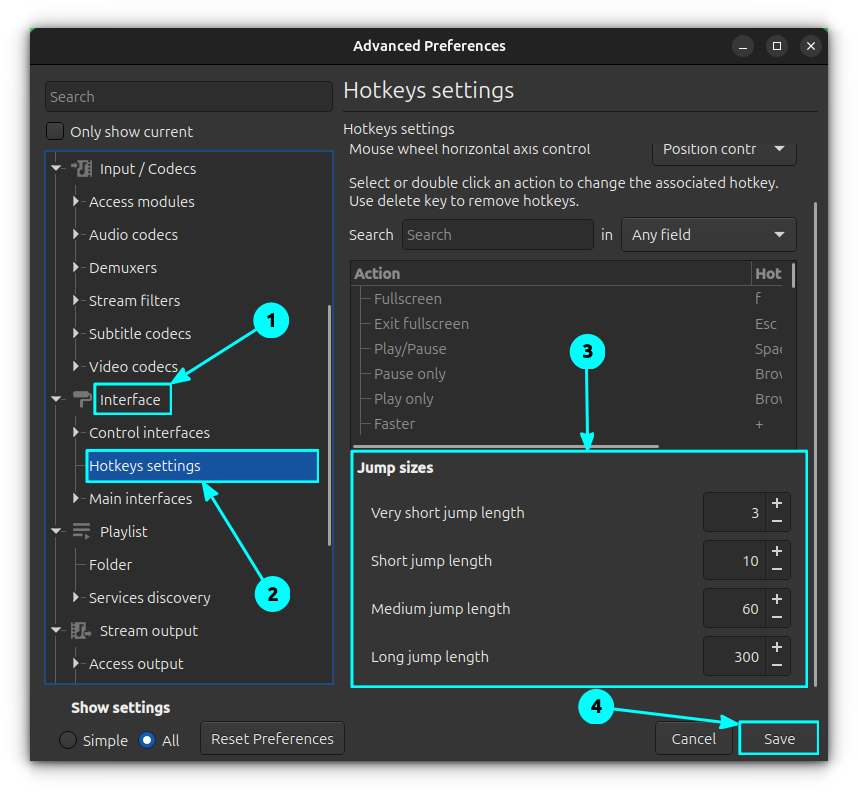
Once everything is set, click on Save to confirm the changes.
Go full-screen
Watch a movie in full-screen? While using VLC, you can press the F key to go to full screen.
Once finished, you can use the ESC key to return to windowed mode.
| Function | Shortcut |
|---|---|
| Go full-screen | F |
| Exit full-screen | ESC |
Increase/decrease the speed
VLC can play your video at different speed rates as you specify. All of those are available through keyboard shortcuts as well.
Refer to the table below for various speed control shortcuts and their function.
| Function | Shortcut |
|---|---|
| Faster/Slower : 0.5x per key | + / - |
| Fine control speed (faster/slower respectively) : 0.10x per key | ] / [ |
| Normal Rate | = |
Take a snapshot
Do you want to take a screenshot of the currently playing part of a video? Don’t use your system’s screenshot tool. Instead, use the VLC snapshot shortcut.
| Function | Shortcut |
|---|---|
| Take a screenshot of the current frame | SHIFT + s |
By default, it will save the image to the ~/Pictures directory.
Toggle subtitles
In VLC, if you have set up subtitles, you can toggle them on and off using the shortcut SHIFT + v.
| Function | Shortcut |
|---|---|
| Toggle Subtitles | SHIFT + v |
Sync subtitles
If subtitles are a bit out of sync, you can move them forward or backward using these keys:
| Function | Shortcut |
|---|---|
| Delay subtitle | g |
| Forward subtitle | h |
Record a part of video
You can capture a part of the video by recording it using VLC. In order to do the same, first play the video. When the part where you need to start recording comes, use the key SHIFT + R. Continue playback and when the end reaches, press the same key combination again.
| Function | Shortcut |
|---|---|
| Start/Stop recording | SHIFT + R |
The output will be in .ASF file, which you can convert to MP4 and other formats using VLC itself.
Bonus: Keyboard Shortcuts Modifications
You can change the default shortcuts to make it more personal. First, open the VLC preferences, by going to Tools → Preferences.
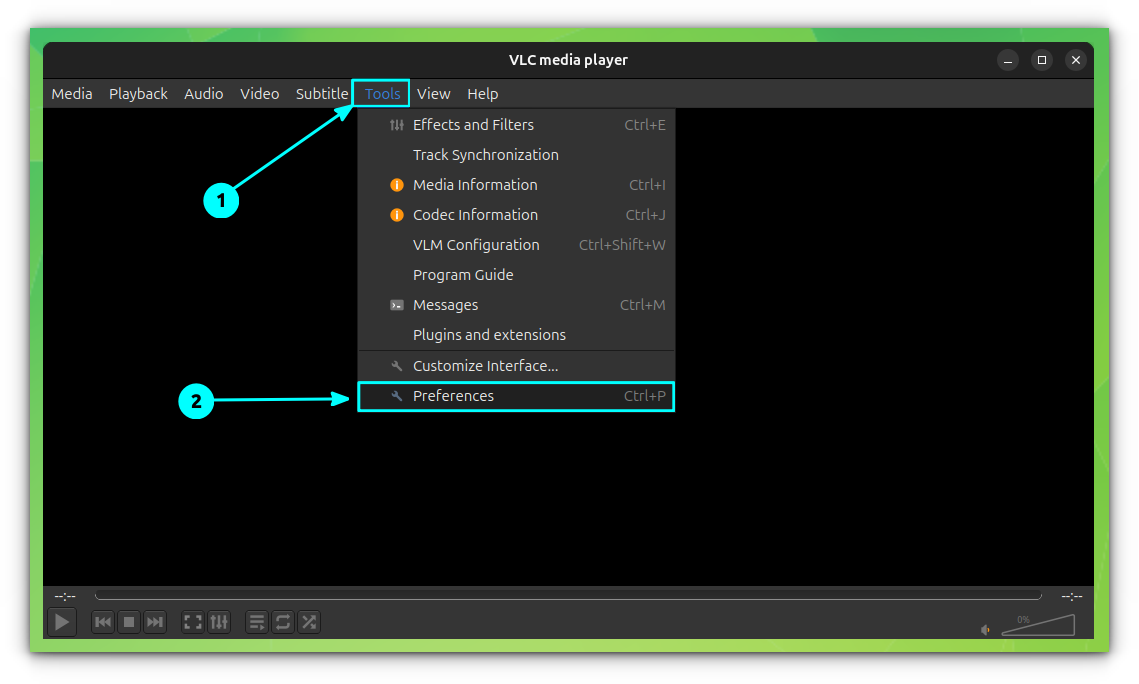
Inside the window, go to Hotkeys and then double-click on any key shortcut that you want to change. When asked, enter the new key. Click Save to confirm changes.
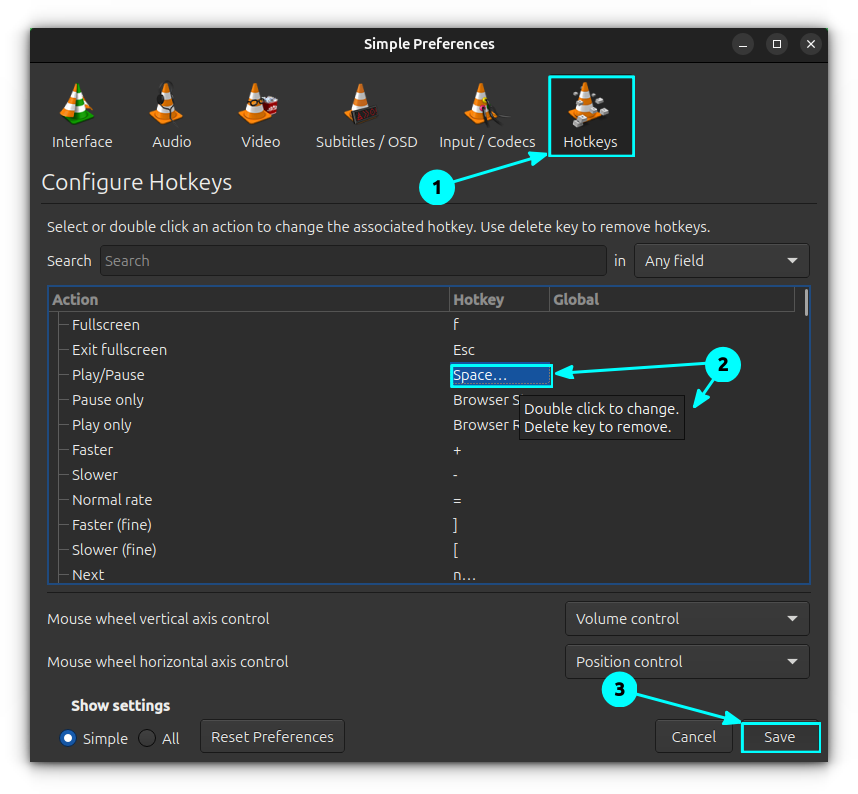
Conclusion
If you love using VLC media player, you'll love these keyboard shortcuts too, at least some of them.
If you like them perhaps you'll like to master more of them.
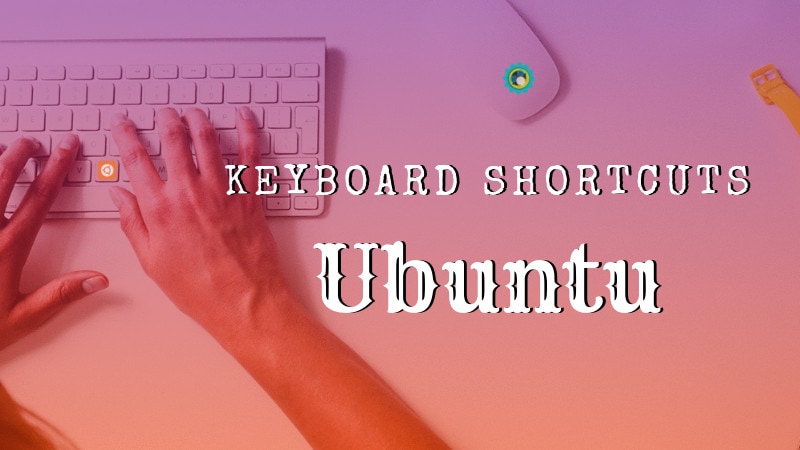
💬 Did you find a new favorite VLC shortcut? Which one would it be? Share it in the comments please.



